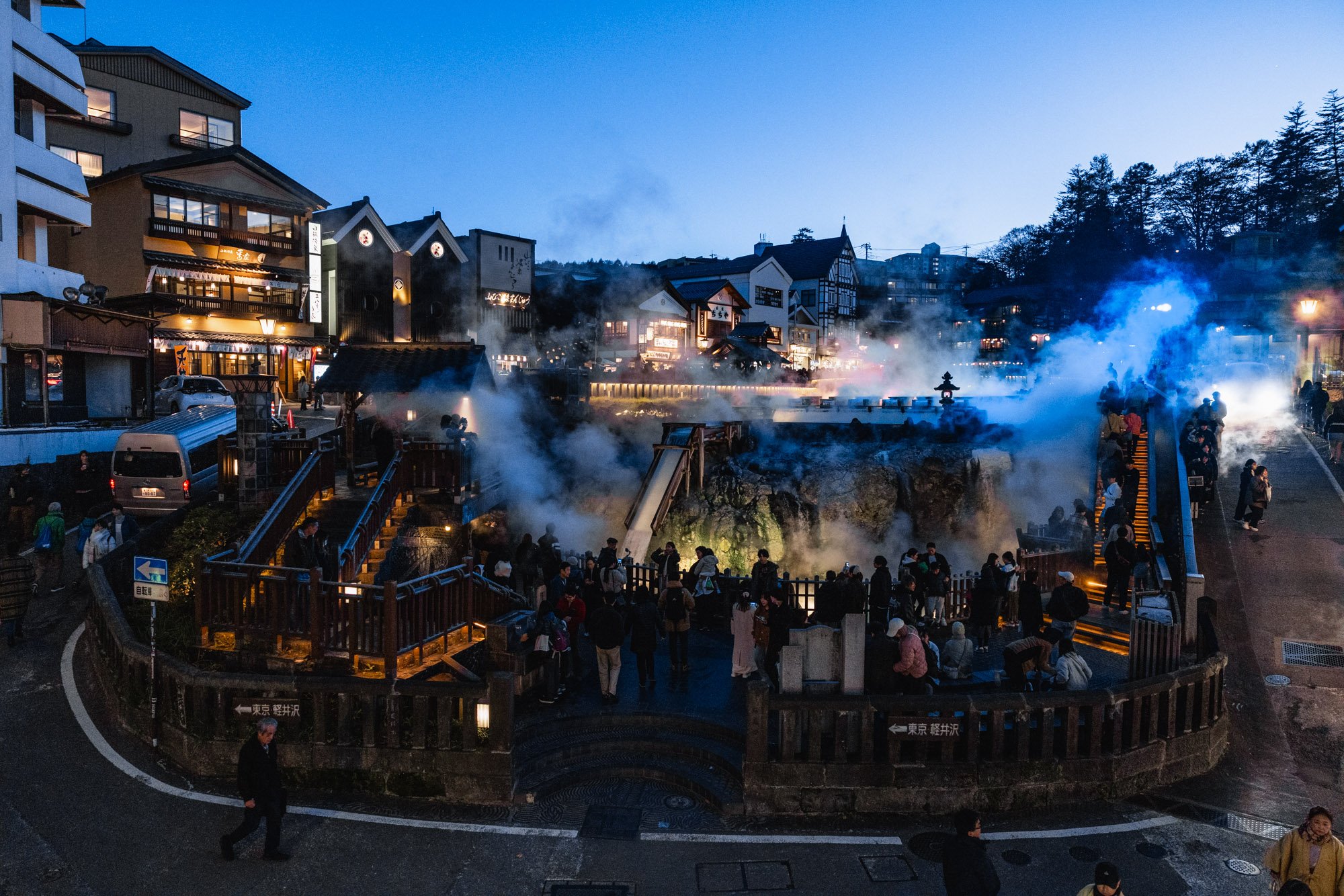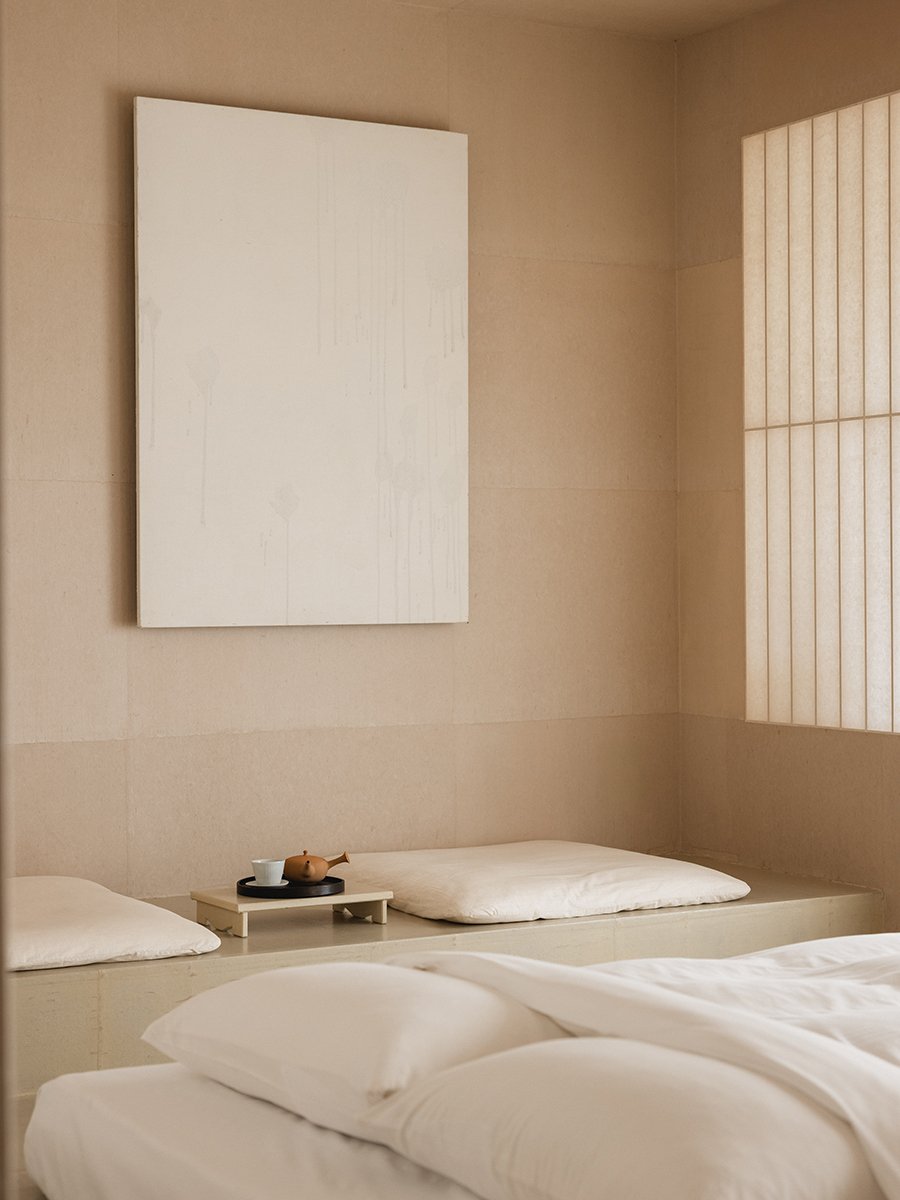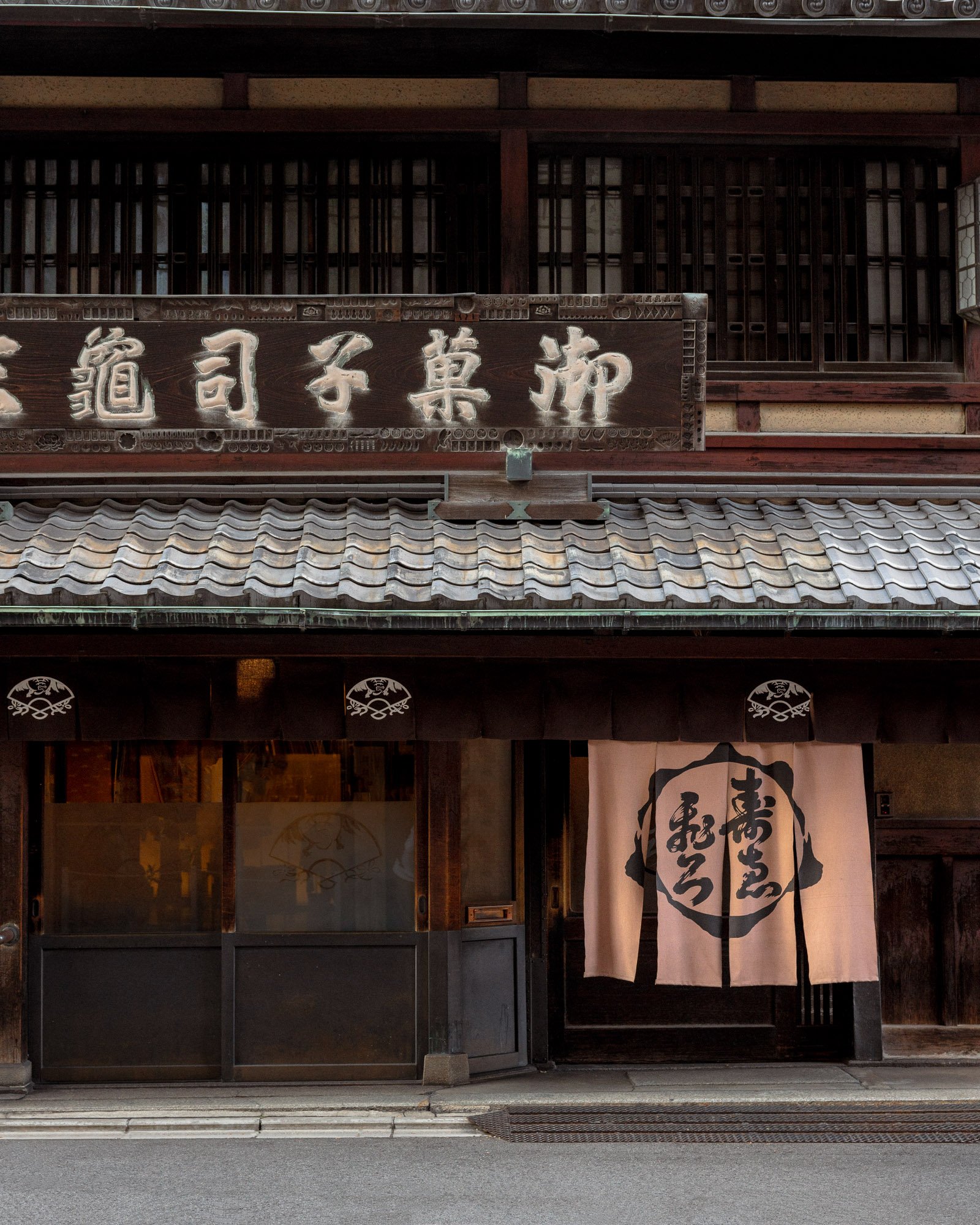Craft Stories: Learn the Way of the Samurai in Kanazawa
Kanazawa, a craft-centric city on Japan’s west coast, is one of my favourite destinations. Renowned for its rich history and traditional crafts, it seamlessly blends ancient culture with modern design. Among its many artisanal treasures, Kanazawa is particularly famous for samurai swords and the intricate art of katana-making. The city’s historic districts, well-preserved architecture, and beautiful gardens offer a glimpse into a time when samurai roamed the streets. With its unique charm and cultural significance, Kanazawa invites visitors to explore its legacy and discover the artistry behind one of Japan’s most revered crafts.
Shokunin of Kanazawa
The term shokunin (職人) embodies the spirit of Japan's most treasured craftspeople, from sword-makers to sushi chefs and ceramic artists. Literally translating to 'artisan' or 'craftsperson,' the essence of shokunin runs much deeper. Shokunin dedicate their life to mastering their craft, embracing a relentless pursuit of perfection. This elite standard of self-discipline comes with a personal responsibility to preserve their traditions for future generations. In Kanazawa, the shokunin culture thrives, reflecting the city's commitment to craftsmanship and artistry, making it a vital part of its identity.
Discover lesser-known destinations, bucket list experiences and unique hotel recommendations in my brand-new guidebook, Views from Japan.
The History of Samurai in Kanazawa
The history of samurai in Kanazawa is rich and layered, rooted in the city’s significance during the feudal era. Samurai served as the military nobility of medieval and early modern Japan, embodying a code of honour and discipline. In Kanazawa, the legacy of samurai lives on, particularly through its historic districts and the traditional crafts that remain integral to the city’s cultural fabric. Visitors can even explore former samurai residences, where artefacts and architecture tell stories of a bygone era.
Matsuda Tsuneharu: A Master Swordsmith
In Kanazawa, visitors can explore the artistry of Matsuda Tsuneharu, a master swordsmith whose dedication to his craft is truly inspiring. His quaint studio, nestled by vast rice fields, provides a unique backdrop for understanding the intricacies of katana-making. Did you know that Japanese warriors preferred using swords for a long time, even after the introduction of guns, largely because they believed swords possessed spiritual powers?
Matsuda Tsuneharu specialises in recreating a style of sword from the Muromachi Period (1336-1573). He accumulates domestic iron products from the Edo Period (1600-1868), including braces and nails from old houses, agricultural tools, and cooking pots. These items, often discarded, are transformed through the heat of a pine charcoal fire into a lump of steel, which Matsuda considers ideal for crafting an authentic sword.
It is fascinating to see how these abandoned domestic products transform into exquisite swords, incomparable to those created by contemporary swordsmiths. Matsuda believes that each sword possesses a soul, carrying the spirit of the iron from which it was forged. His commitment to sustainability and traditional methods reflects the shokunin ethos, which emphasises mastery and respect for materials.
Matsuda invites visitors to his studio, welcoming questions and curiosity. “I am sure that visitors from different cultures have a lot of questions,” he says. “Everyone is welcome to my studio to see the depth, difficulty, and rawness of this beautiful craft.” This openness fosters appreciation for traditional arts and encourages a deeper understanding of the artistry involved in sword-making.
In Kanazawa, where samurai history and craftsmanship converge, learning about a master swordsmith like Matsuda Tsuneharu is an unforgettable experience that connects you to the essence of Japan.
Where Else to Experience Samurai in Kanazawa?
Kanazawa is rich in samurai history, and several locations allow visitors to immerse themselves in this unique cultural heritage. The Nagamachi Samurai District is a must-visit, where you can stroll along cobblestone streets lined with traditional wooden houses that once belonged to samurai families. Here, the Nomura Samurai House offers a glimpse into the lifestyle of the samurai, featuring beautiful gardens and authentic artefacts. Additionally, the Kanazawa Castle and its surrounding park provide a historical context to the samurai’s significance in the region, making it a perfect spot to reflect on their enduring legacy.
Related Post: 7 Places to Visit in Japan for Traditional Crafts
10 Tips and Tricks for Visiting Kanazawa
Stay overnight in the Nagamachi district — Experience the charm of the samurai era by staying in a traditional ryokan in the Nagamachi district, allowing you to enjoy the quiet beauty of the area after day-trippers leave.
Explore the Kenrokuen Garden — Visit this renowned garden during the early morning or late evening to avoid crowds. Its seasonal beauty, from cherry blossoms in spring to colourful foliage in autumn, is best enjoyed in peace.
Participate in a gold leaf workshop — Kanazawa is famous for its gold leaf production. Take part in a workshop at a local studio to create your own gold leaf artwork and learn about this traditional craft.
Savour fresh seafood at Omicho Market — This bustling market offers a wide variety of local delicacies. Try the fresh sashimi and local specialities like "Jibuni," a duck stew unique to Kanazawa.
Visit the 21st Century Museum of Contemporary Art — This museum features innovative exhibitions and is known for its unique architecture. Check out the outdoor installations and engaging art pieces that reflect contemporary Japanese culture.
Utilise the Kanazawa Loop Bus — This convenient bus service connects major attractions, including Kenrokuen Garden, Kanazawa Castle, and the Nagamachi Samurai District, making it easy to navigate the city.
Discover the historic Kanazawa Castle Park — Explore the park surrounding the castle, which offers lovely walking paths and beautiful views, especially during cherry blossom season.
Experience the Kenrokuen Lantern Festival — If visiting in February, don’t miss this enchanting event where hundreds of lanterns illuminate the garden, creating a magical atmosphere.
Enjoy traditional Kaga cuisine — Book a meal at a local restaurant specializing in Kaga cuisine, which showcases seasonal ingredients and beautifully presented dishes.
Capture the beauty of the Samurai District at night — Take an evening walk through the Nagamachi Samurai District when the streets are quieter, allowing you to appreciate the historic architecture illuminated by soft lantern light.
Best Time to Visit
The best times to visit Kanazawa are during spring (March to May) and autumn (September to November). In spring, the cherry blossoms bloom across the city, particularly in Kenrokuen Garden. This is a great time to enjoy picnics under the blossoming trees and experience local events celebrating the arrival of spring. Autumn offers a stunning display of foliage, with the city’s parks and gardens turning vibrant shades of red, orange, and yellow. Visiting during winter allows you to experience traditional winter festivals, such as the Kanazawa Hyakumangoku Matsuri, but be prepared for colder temperatures and potential snowfall affecting travel plans.
How to Get There
Kanazawa is accessible by various means of transportation, making it easy to include in your Japan itinerary. The most convenient way to reach Kanazawa is by taking the Shinkansen (bullet train). From Tokyo, you can board the Hokuriku Shinkansen, which takes about 2.5 hours to reach Kanazawa Station. The ride offers beautiful views of the countryside, especially as you approach the city. If you're travelling from Kyoto, the journey takes approximately 2 hours via a combination of the limited express train and the Hokuriku Shinkansen. From Osaka, it takes around 3 hours with similar connections.
For those flying into Japan, the nearest airport is Komatsu Airport, located about 30 minutes from Kanazawa by bus. Domestic flights connect Komatsu with major cities, and the airport offers international flights as well.
Looking for travel guides and itineraries? Subscribe to the weekly Views from Japan newsletter here.
Discover Japan, Minus the Crowds.
Are you tired of seeing the same over-crowded locations in Japan? I want to offer you a more meaningful experience; one that inspires you to travel to lesser-known destinations and explore Japan’s long-standing cultural traditions. Trusted by thousands around the world, Views from Japan is a travel guidebook packed with over 260 unique activities, hotels, neighbourhoods and more, giving you all the tools you need to create a once-in-a-lifetime Japan itinerary.


















